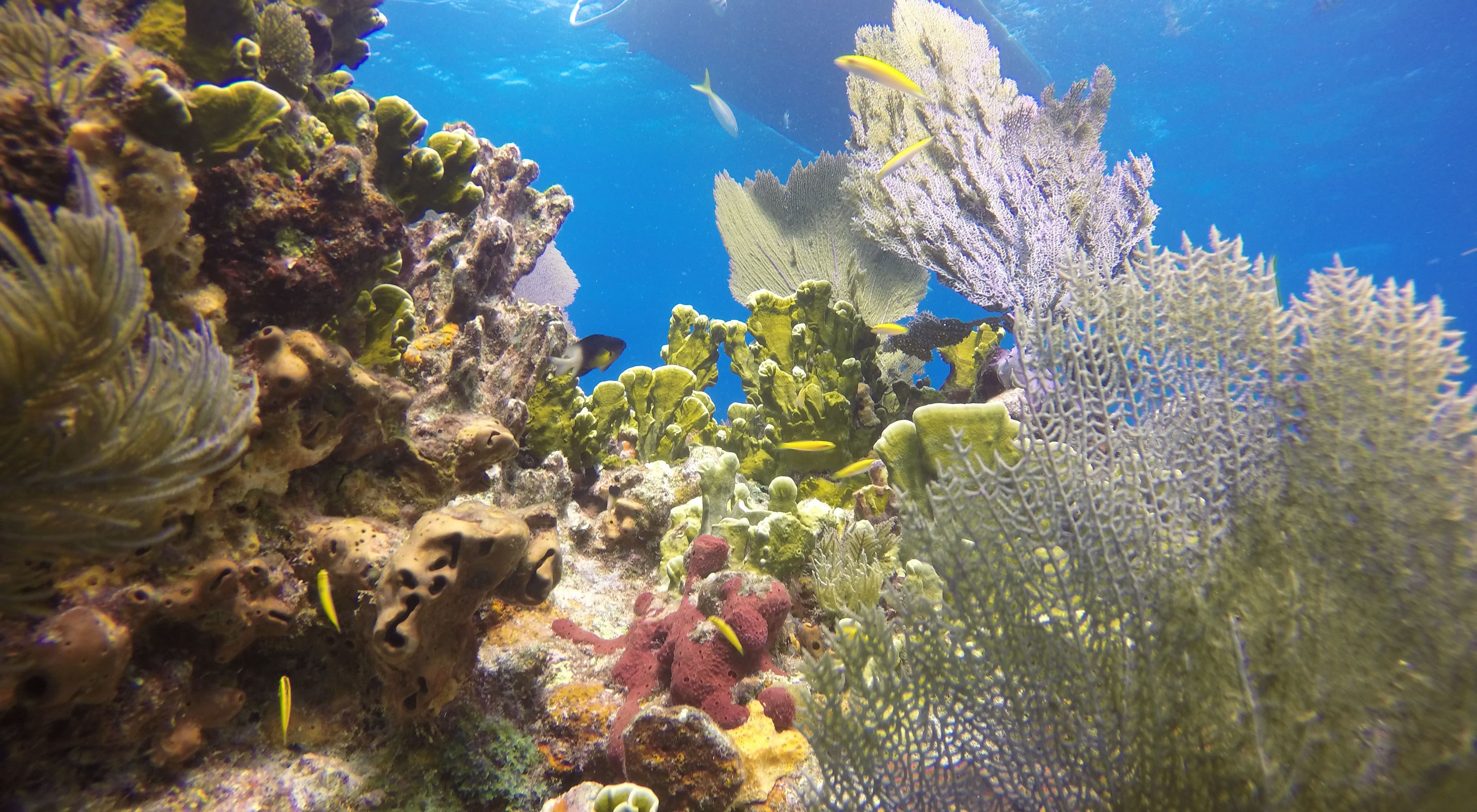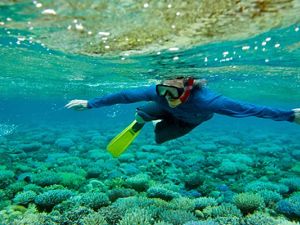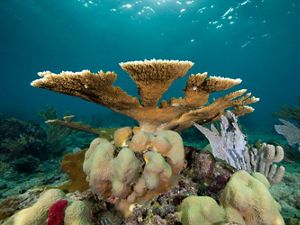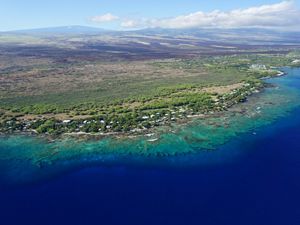Tourism is one of the world’s largest industries, contributing trillions of dollars to the global economy and supporting the livelihoods of an estimated one in ten people worldwide. Much of that tourism depends on the natural world—on beautiful landscapes and seascapes that visitors flock to in search of escape, a second wind and a direct connection with nature itself.
Coastal and marine tourism represents a significant share of the industry and is an important component of the growing, sustainable Blue Economy, supporting more than 6.5 million jobs—second only to industrial fishing. With anticipated global growth rates of more than 3.5%, coastal and marine tourism is projected to be the largest value-adding segment of the ocean economy by 2030, at 26%.
That nature is the foundation for much of the world’s tourism is clear—travelers are willing to pay a premium for a room with a view, and words like “pristine,” “remote” and “unspoiled” are frequently assigned to amenities like beaches, coral reefs and panoramic seascapes. The dependency of the travel and tourism industry on a healthy environment goes much deeper than that, however. Not only does a reef provide entertainment value for seaside visitors, but it can deflect waves that cause erosion and reduce the risk of storm surges that can harm the industry’s bottom line.
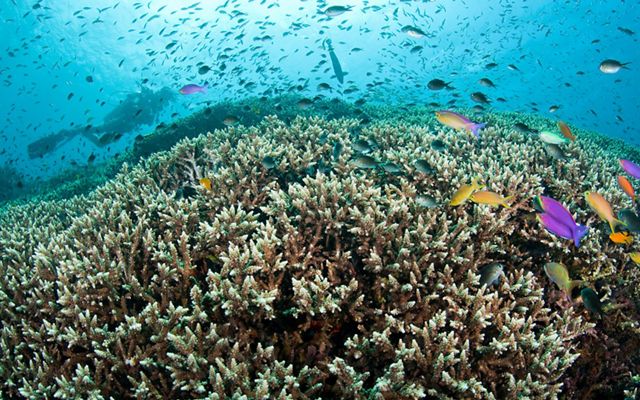
Furthermore, mangroves and seagrass meadows are excellent at absorbing and storing carbon, reducing harmful emissions that cause climate change. And all of those coastal ecosystems produce fish that are a favorite on restaurant menus, providing additional economic opportunity for coastal communities.
Clearly, nature contributes enormous value to tourism and other industries. But one of the challenges is knowing exactly where these benefits are produced in the first place. This knowledge can enable smarter investments in management and conservation actions that support both nature and the tourism businesses that support coastal economies.
The Nature Conservancy’s Mapping Ocean Wealth (MOW) initiative provides exactly such information. MOW’s research and innovative modeling reveals that 70 million trips are supported by the world’s coral reefs each year, making these reefs a powerful engine for tourism. In total, coral reefs represent an astonishing $36 billion a year in economic value to the world. Of that $36 billion, $19 billion represents actual “on-reef” tourism like diving, snorkeling, glass-bottom boating and wildlife watching on reefs themselves. The other $16 billion comes from “reef-adjacent” tourism, which encompasses everything from enjoying beautiful views and beaches, to local seafood, paddleboarding and other activities that are afforded by the sheltering effect of adjacent reefs. The impact of this new information is already being recognized, as Mapping Ocean Wealth received the 2017 Tourism for Tomorrow Innovation Award from the World Travel and Tourism Council.
In fact, there are more than 70 countries and territories across the world that have million dollar reefs—reefs that generate more than one million dollars per square kilometer. These reefs support businesses and people in the Florida Keys, Bahamas, Mexico, Indonesia, Australia and Mauritius, to name a few.
Of course, there is no shortage of data about the immense threats that coral reefs face from climate change, pollution and associated ocean acidification and bleaching. These threatened ecosystems still drive both local and global tourism economies around the world. Even in degraded condition, reefs in Florida, for example, generate more than $1 billion for the state, and provide protection for coastal assets measured in the trillions of dollars.
This knowledge matters—not just for the tourism industry, but for conservation, too. The old adage goes, ‘you can’t manage what you can’t measure.’ Armed with concrete information about the value of these important natural assets, the tourism industry can start to make more informed decisions about the management and conservation of the reefs they depend on—and thus become powerful allies in the conservation movement.
Investing even a small percentage would be a wise thing to do. Indeed, most business owners would quickly agree that investments that maintain or improve their production capacity are key to continued, long-term success. That’s what environmental protection and restoration represent for our coral reefs—maintenance of the kinds of natural capital that pays dividends year in and year out.

And we’re starting to see great examples of businesses that are investing directly in the health of reefs that they know support their business enterprises. For more than 10 years, the Misool Eco Resort in Indonesia has worked with local communities and invested in creating and managing a no-take marine protected area encompassing 828 square kilometers in Raja Ampat, a spectacularly biodiverse area within Indonesia’s West Papua province. Within this protected area, fish abundance and size has increased dramatically, with benefits for the coral reefs that surround the nearby islands.
Half-way around the world, Fury Watersports in Key West, Florida, donates a portion of each snorkel-trip fare to coral restoration, helping to support the recovery of several species of endangered and threatened corals that provide habitat for all kinds of marine life within the Florida Keys National Marine Sanctuary.
Both of these businesses understand their dependence on reefs and are making direct investments in these natural amenities. It’s a win-win for the tourism economy and nature.
The Conservancy’s Atlas of Ocean Wealth, and accompanying interactive mapping tool, serves as a valuable resource for managers and decision makers to drill down to determine not just the location of coral reefs or other important natural assets, but how much they’re worth, in terms of their economic value as well as fish production, carbon storage and coastal protection values. By revealing where benefits are produced and at what level, the MOW maps and tools can help businesses fully understand and make new investments in protecting the natural systems that underpin their businesses.
The concept of valuing nature isn’t a new one, but the detailed, targeted knowledge of the MOW initiative presents an opportunity for the travel and tourism industry to lead both in the private sector, institutionalizing the value of nature into business practices and corporate sustainability investments, and in the sustainability movement more broadly by capturing the business opportunities that exist when we realize that we need nature.
Originally Posted on United Nations Environment Programme
May 11, 2017
View Original
Global Insights
Check out our latest thinking and real-world solutions to some of the most complex challenges facing people and the planet today.
